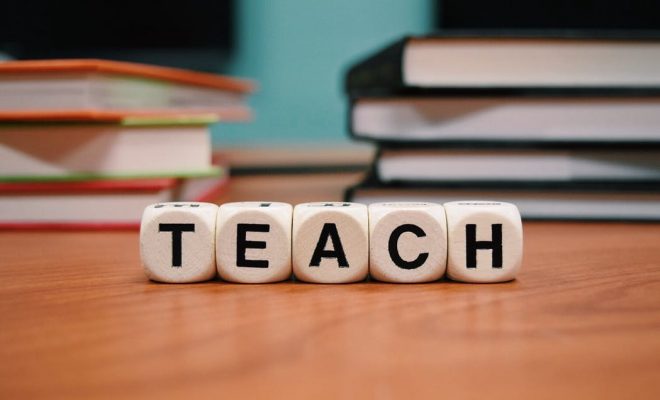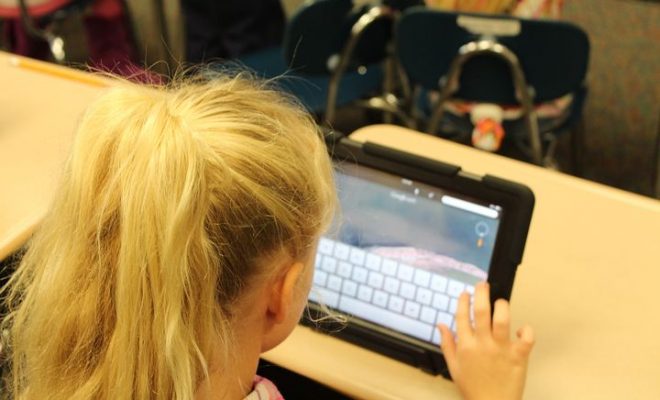18 Clever Ways to Use Geoboards in the Classroom

Geoboards are versatile and hands-on educational tools that can be used in a variety of ways to enhance learning in the classroom. They are great for teaching various mathematical concepts and promoting problem-solving skills. In this article, we will explore 18 clever ways to use geoboards in the classroom to engage students and make learning fun.
1. Introduction to Geometry: Start by introducing different geometric shapes such as squares, triangles, rectangles, and hexagons using geoboards. Students can create these shapes and explore their properties.
2. Perimeter and Area: Geoboards are perfect for teaching students how to calculate the perimeter and area of different shapes. They can create irregular shapes and measure their dimensions.
3. Symmetry: Geoboards are excellent tools for teaching symmetry. Students can create symmetrical designs by placing rubber bands across the pegs.
4. Fractions: Geoboards can also be used to demonstrate fractions. Students can divide shapes into equal parts using rubber bands and discuss fractions in terms of the number of equal parts shaded.
5. Angles: Introduce angles by having students create different angles on the geoboard and measure their degrees.
6. Tessellations: Explore the concept of tessellations by having students create repeating patterns on the geoboard.
7. Patterns: Geoboards can be used to teach patterns and sequences. Students can create different patterns using rubber bands and extend the sequences.
8. Coordinate Geometry: Introduce coordinate geometry by having students plot points on the geoboard and connect them to create figures.
9. Problem Solving: Use geoboards to develop problem-solving skills. Pose a problem and have students use the geoboard to find a solution.
10. Graphing: Explore graphing by having students create bar graphs and line graphs using the geoboard.
11. Perimeter and Area of Complex Shapes: Challenge students to create irregular shapes on the geoboard and calculate their perimeter and area.
12. Fractions on a Number Line: Use the geoboard to teach fractions on a number line. Students can create number lines and place rubber bands to represent different fractions.
13. Symmetry in Nature: Discuss symmetry in nature and have students recreate natural objects on the geoboard.
14. 3D Shapes: Use the geoboard to create 3D shapes by stacking rubber bands on top of each other.
15. Exploring Ratios: Introduce ratios by having students create shapes using different colored rubber bands and discuss the ratio of colored sections.
16. Tangrams: Use the geoboard to create tangrams and explore their properties.
17. Geometric Transformations: Introduce geometric transformations such as translations, rotations, and reflections by using the geoboard.
18. Collaborative Projects: Encourage collaboration by having students work together to create larger designs or solve challenging problems using multiple geoboards.
In conclusion, geoboards are versatile tools that can be used in a multitude of ways to promote mathematical understanding in the classroom. By incorporating these 18 clever ways to use geoboards, teachers can engage students and make learning geometry and other mathematical concepts an interactive and enjoyable experience.



